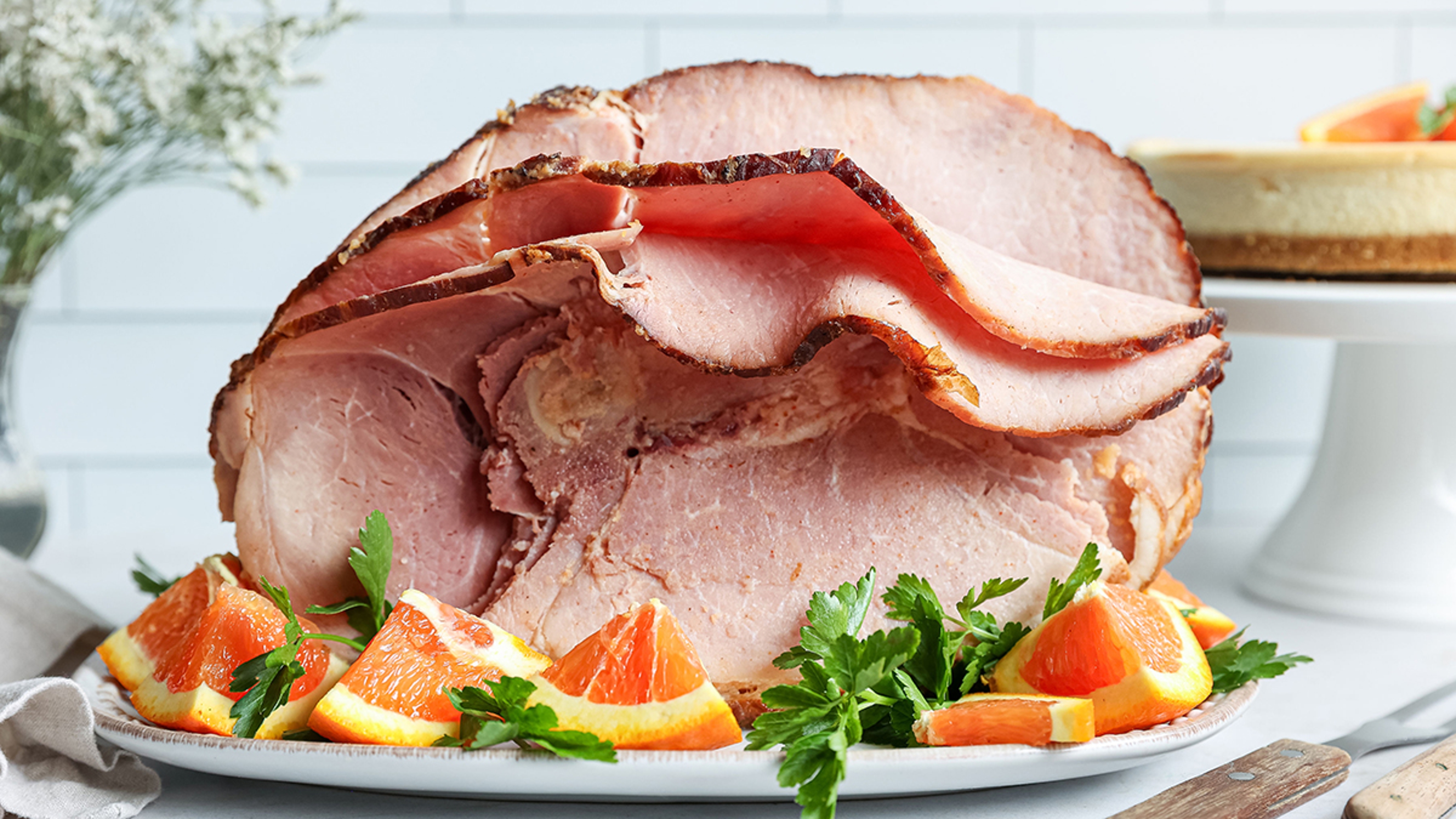Mangez Bien! How (and When) to Eat Like the French
Say "bonjour" to this European way of dining.
Mar 18, 2025
Cooking — be it in a spacious, stonewalled country kitchen in Provence or a standing-room-only, closet-sized galley in Paris — is more than just a means to feed oneself in France. Cuisine is life.
The French love to eat and have strict, designated times to eat certain meals, which often consist of specific foods. These rules are so strict that if you even consider going against them, la police (that's "the police" for those non-French speaking people) will come after you.
If you're looking to channel your inner Paul Bocuse — you know, the late, great grandfather of French gastronomy — then start by getting yourself to a farmers market tout de suite (right away)! Grab all the best seasonal ingredients (say, a Comice pear perhaps) and divvy up your menu according to the time of day and occasion.
Petit Dejeuner (Breakfast)
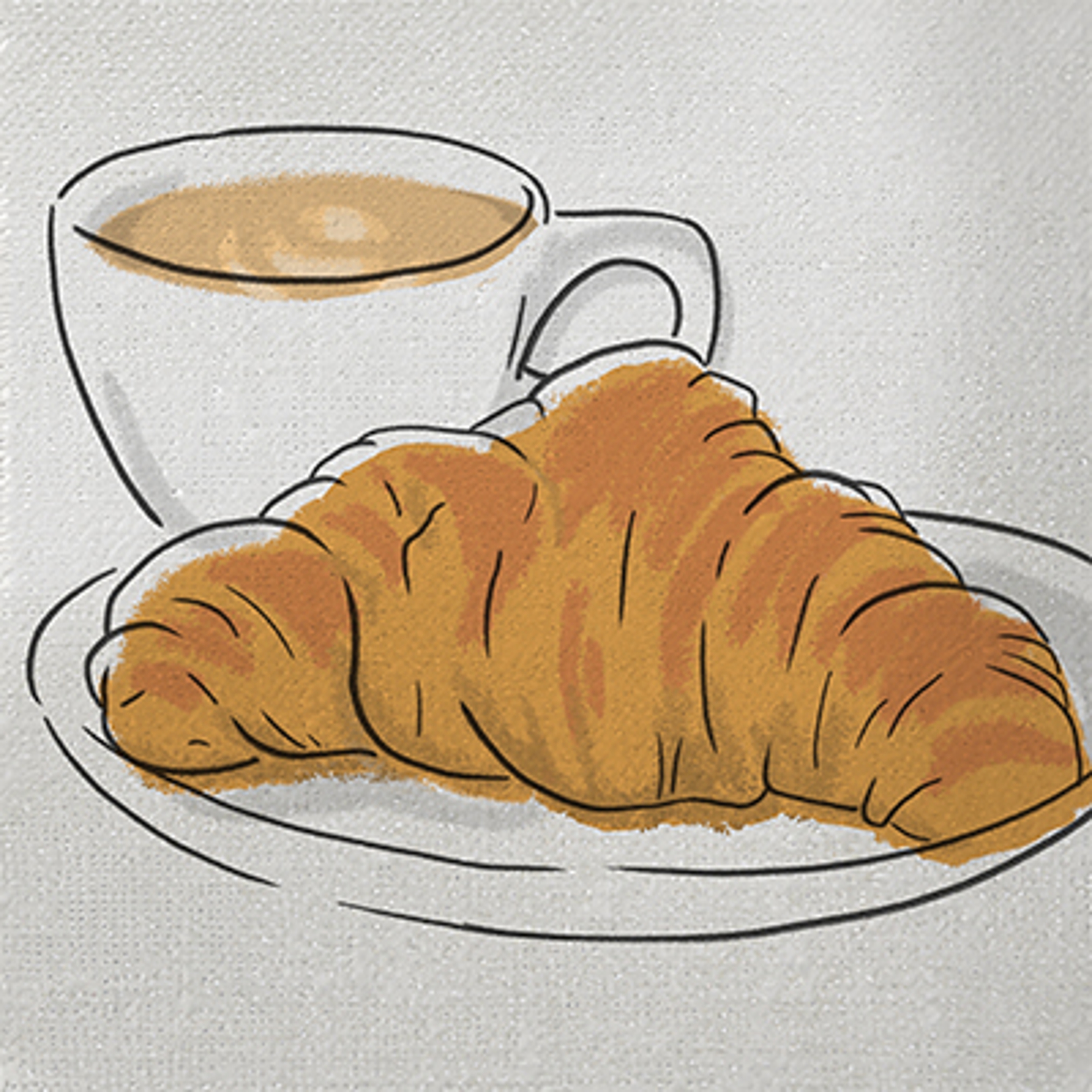
Unlike in America or England, breakfast in France is an informal and basic affair. It generally consists of going to the bakery for a pastry, such as a flaky croissant or sweet pain au chocolat, or even a basic baguette served at home with jam and butter. The French will also occasionally have yogurt, but if they want something hearty, they'll make “oeuf à la coque," a soft-boiled egg — shell still on! — served with toasted pain de mie (France's Wonder Bread) for dipping in the yolk.
Dejeuner (Lunch)
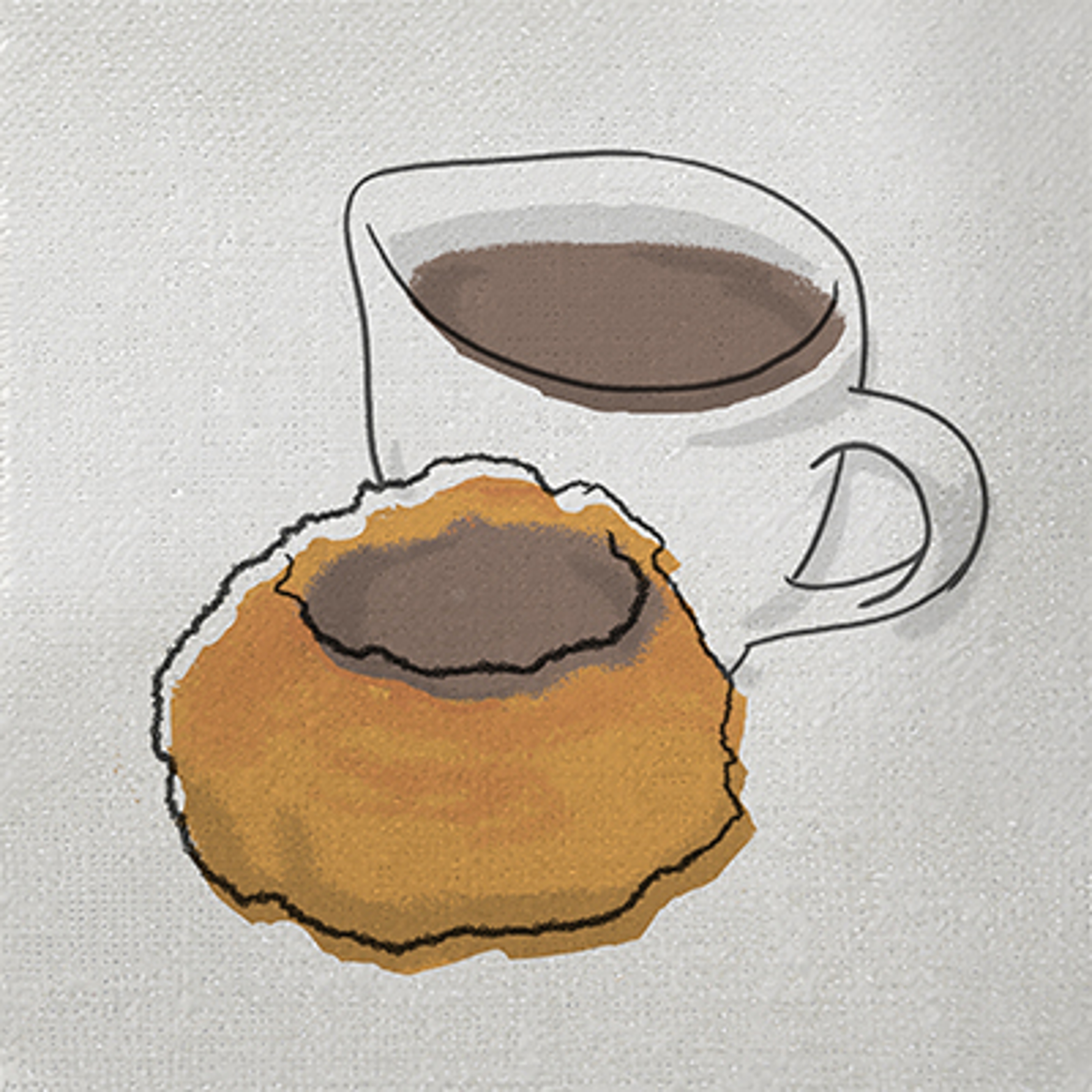
Whether eating at a restaurant or back at chez vous, lunch in France is generally consumed between the hours of noon and 14h30 (that's 2:30 p.m. for us folks stateside). While they do love a “formule" — a very affordable prix fixe consisting of three courses — unless it's for a business meeting or special occasion, the French usually keep things light. In the winter, this might mean a warm bowl of, well, French onion soup, and in the warmer months maybe a Provencal-inspired Nicoise salad. You can also never go wrong with a quiche, which can be picked up to-go at many neighborhood bakeries.
READ MORE: What Is a Quiche?
Goûter (Snack)

The French are not immune to that late-afternoon hunger pang. In fact, they have a name for it: “l'heure du goûter." Pronounced “goo-tay" and translated to “snack time," it's generally enjoyed by the country's kids. Post-school, les enfants are found crowding the bakeries for a pre-homework macaron paired with sparkling juice or a chocolate chaud (hot chocolate). Adults get in on the action too, oftentimes taking a break from the office to pop into a café for an allongé (Americano).
READ MORE: Macaron vs. Macaroon: What's the Difference?
Apéro (Happy Hour)
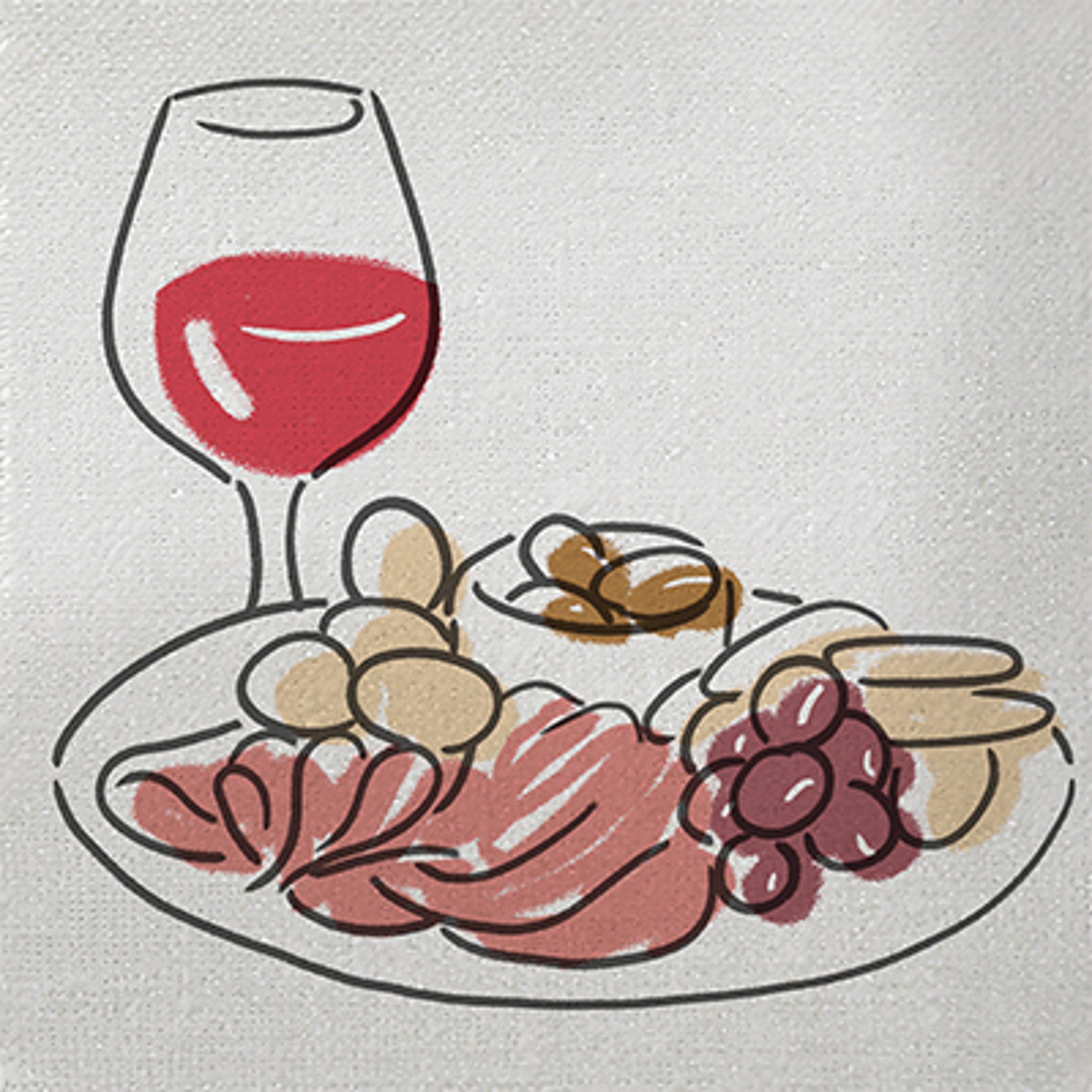
Work colleagues or friends will often suggest meeting for “apéro" after work and before dinner. This often takes place at a bar or café, where there are special prices for drinks, but apéro can also be hosted at someone's home. This time of day — between the hours of 5 and 7 p.m. (whoops, sorry, 17h and 19h) — normally consists of drinking wine and snacking on charcuterie (such as cured ham and sausage), terrine, and even oysters, as well as a variety of cheeses. This is the only instance when cheese is permitted before the meal, as fromage is otherwise served between the main course and dessert.
READ MORE: The Complete Guide to Charcuterie
Apéro Dînatoire (Cocktail Hour)
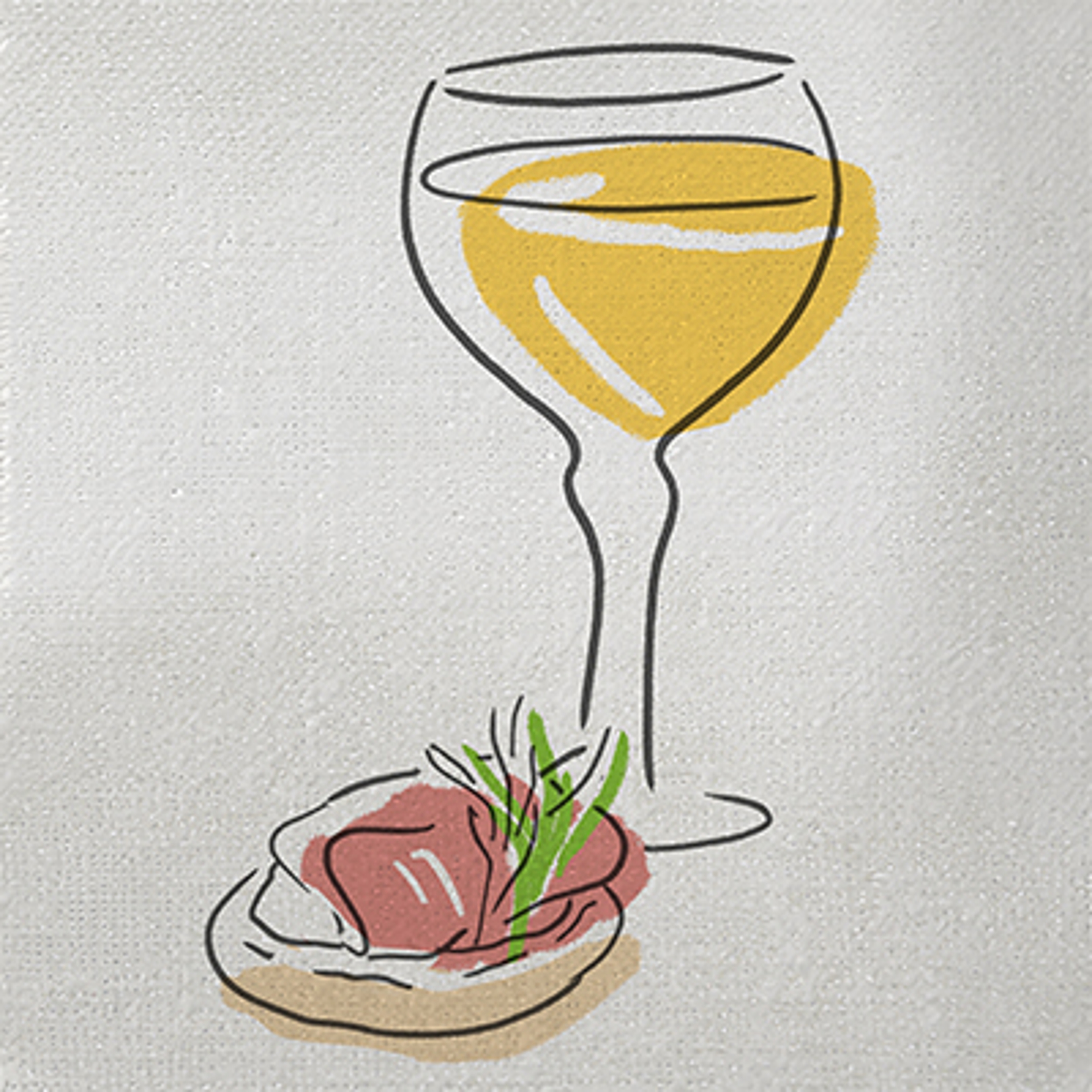
If an invite calls for “apéro dînatoire," you can expect something akin to cocktail hour at a special event or party. It will feature wine, of course, but cocktails will also be present, and snacks get more of a boost. Think pigs in a blanket a la Francaise, which tends to be a fishier affair in the form of “blinis," thin pancakes topped with crème fraîche and salmon, or gougère, which are cheese puffs and very easy to pop in the mouth whole.
Apéro dînatoire is usually a substitute for a full sit-down dinner depending on the occasion and the amount of food and alcohol being served.
Our 3 favorite cocktails
Diner (Dinner)
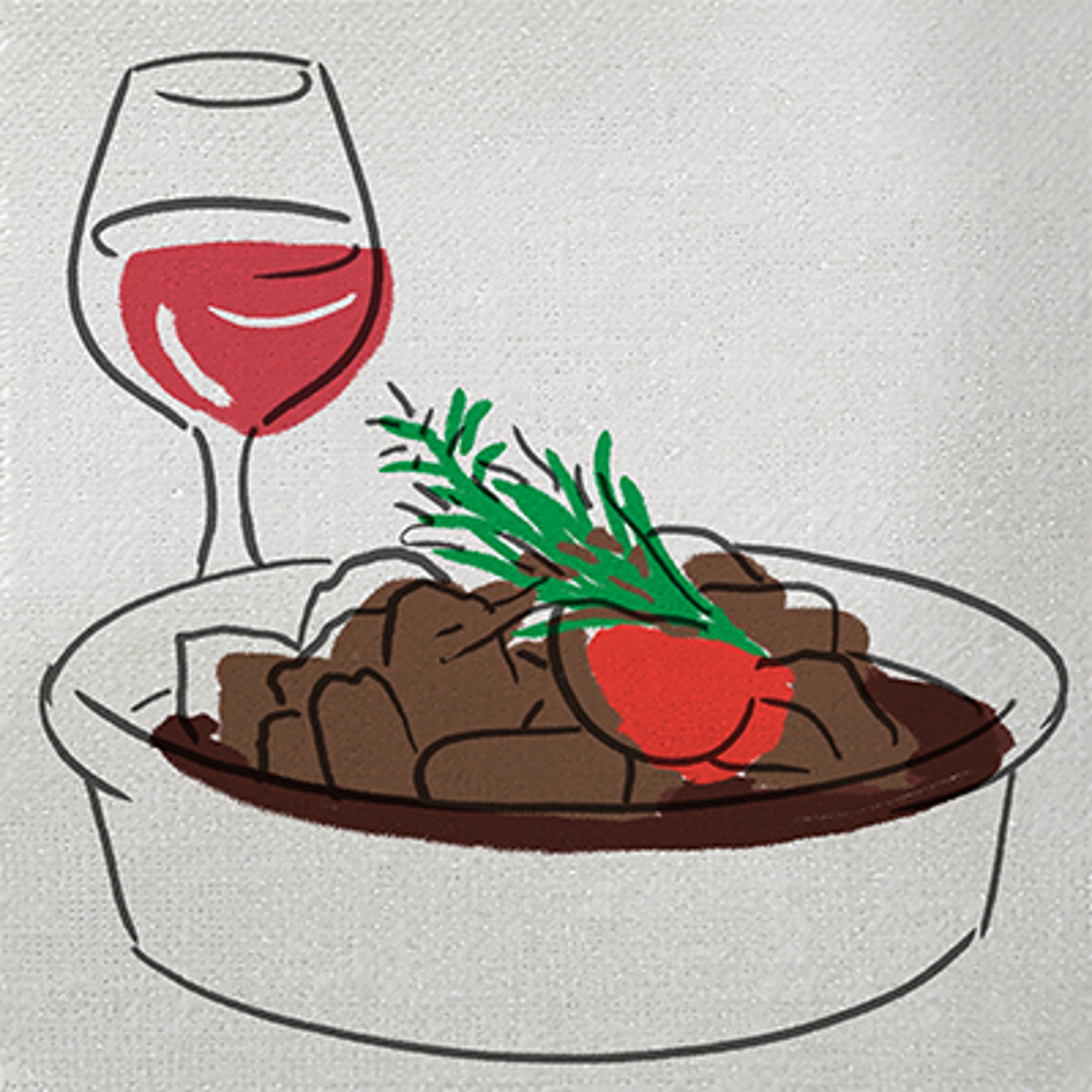
While this evening mealtime may seem self-explanatory, the French take it a tad more seriously. For one, "diner" always consists of courses — served, cleared, and served again on new plates. Even at home, like at a restaurant, dishes are not just plopped on the table all at once.
The meal may start with a salad (contrary to lore, salads do often come before the main), followed by a heartier main course of fish, beef, or chicken. The preparation and sauces will depend on the time of year and even the region in which it's being prepared: a hearty beef bourguignon come wintertime (or anytime in Burgundy) or a Bouillabaisse overflowing with shellfish in summer (or anytime in the south of France). Then, plates are cleared and cheese will be offered before dessert, which is also always seasonally minded.
.svg?q=70&width=384&auto=webp)







